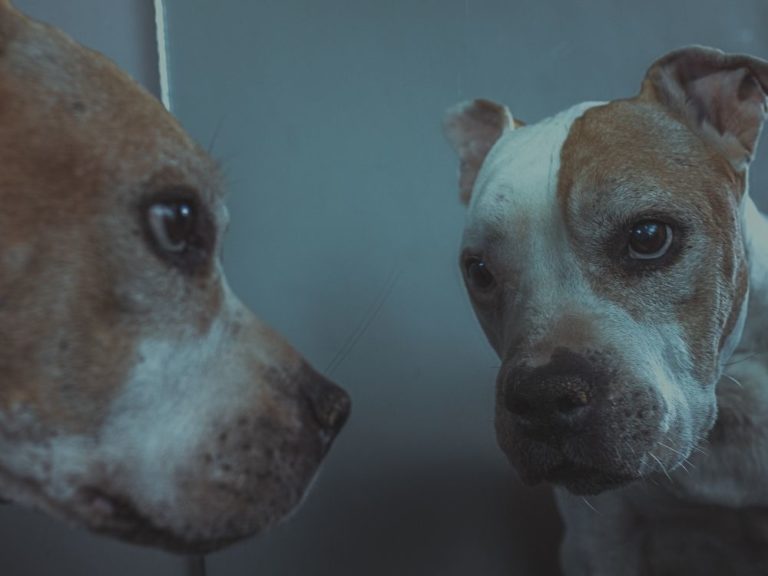Dog’s life spans are regrettably much shorter than ours. That means that there is a high likelihood that you will experience the pain of being left behind. Whether it’s due to old age, chronic disease, or an abrupt accident, your dog will eventually cross the rainbow bridge. But even if we know this to be true, there is no way to fully prepare ourselves for the pain of a beloved dog’s passing.
The most we can do is watch for the signs so we know it’s coming and use what time there is left to say our goodbyes and give them the send-off they deserve. You will know that your dog is dying when it starts to have poor control over its bodily functions and manifest changes in behavior.
Let’s discuss the signs in greater detail below.
14. Dull Eyes

In the end, there is a change in a dog’s expression that is truly heartbreaking to see. The eyes, once full of joy and energy, become glazed over. It is clear that their bodies are spent from trying to maintain normal processes despite organ dysfunction.
As much as it hurts to let them go, it becomes easier when you understand that death means being free of the pain they’re in.
13. Little Improvement After Treatment
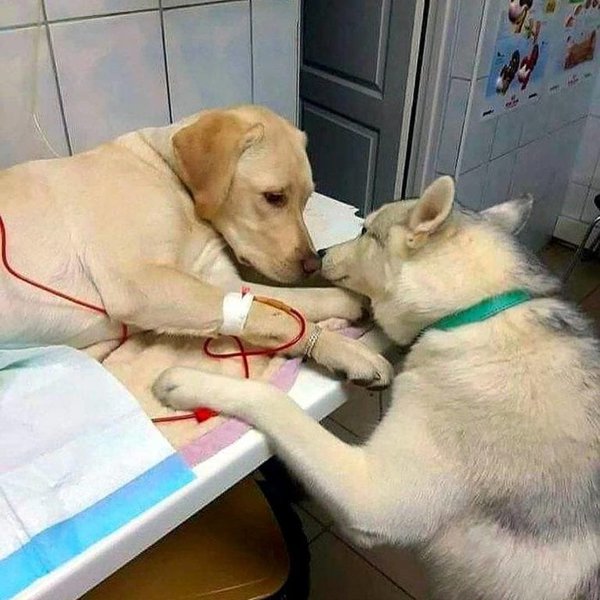
If a fur parent noticed any of the above signs, chances are, they would already have rushed their dog to the vet. If emergency treatment is given, there may be signs of improvement. The vet will try to address the symptoms and lessen the pain while trying to figure out what’s wrong.
But if the symptoms do not subside despite efforts to stabilize the patient, it’s time to expect the worst.
12. Lethargy
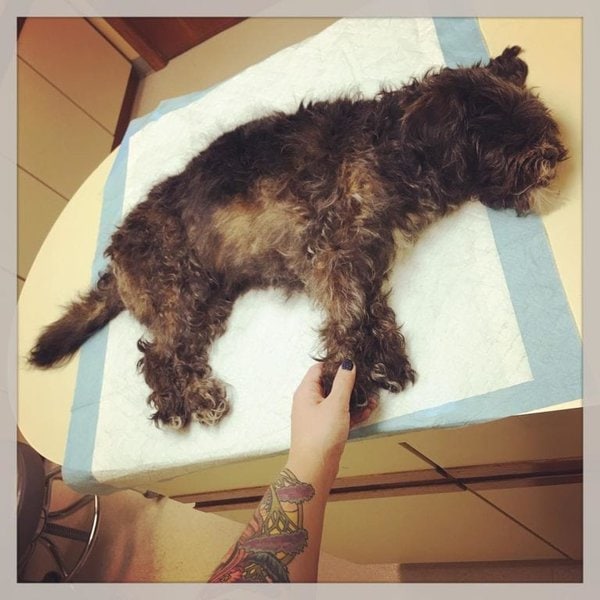
At the end of life, the body is no longer functioning as it once did. The metabolic processes that your dog derives energy from are no longer as efficient.
And what little energy is produced goes to maintaining the bare minimum for survival. In addition, dying dogs are likely to feel pain and discomfort. All these factors result in decreased enthusiasm and activity levels.
11. Inappetence
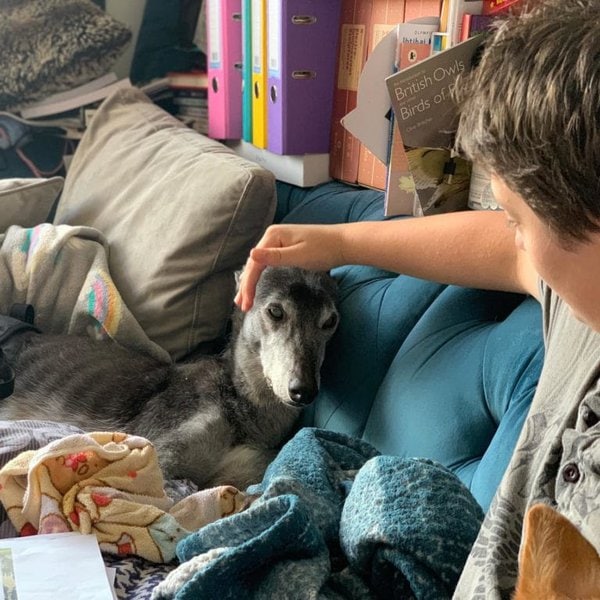
Dogs that don’t have long to live will not be able to muster the energy to eat. It may progress slowly – you’ll notice they don’t immediately wolf down the contents of their bowl, or you might see them leave their meal unfinished.
Dogs might perk up a few times when you offer them their favorite treat, but towards the end, they will be too exhausted to think about food.
10. Signs Of Pain

As their body weakens, dogs feel pain and discomfort. The signs may be overt, such as crying, whining, or licking the part that hurts. It could also be subtle such as disinterest in things that used to excite them, exercise intolerance, and generally being low energy.
When you notice these signs, you can take your dog to the vet to get checked. Even if their condition is advanced, they may be able to do something about the pain.
9. Confusion
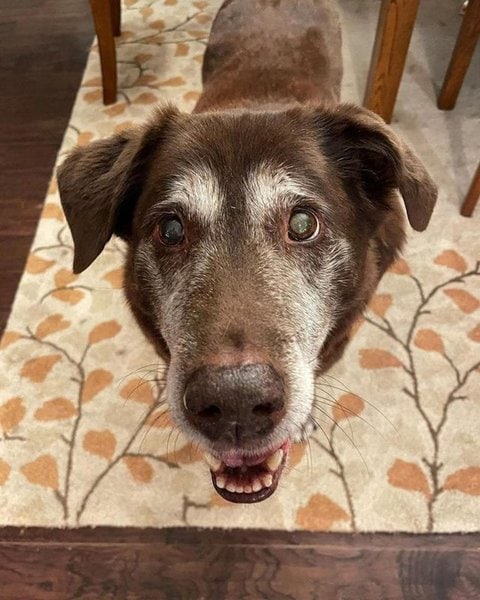
Confusion is an early but subtle sign that a dog’s life is drawing to a close. They may deviate from a routine that has been established for years. They may forget tricks that they mastered as puppies. It may take them a while to come when called.
There are even times when they react entirely the opposite of how they usually do, which can be painful to owners. Patience is important for owners of senior or very sick dogs.
8. Impaired Coordination

A more advanced sign of disease and age is difficulty in getting their bodies to move as they should. This may come off as clumsiness at first, but its seriousness becomes apparent as time goes by. They might spill more water and food out of their bowl or slip on smooth surfaces.
Dogs may inadvertently bump into things or have a delayed reaction to stimuli. Their humans should take steps to prevent their senior dogs from getting into accidents.
7. Gastrointestinal Upsets
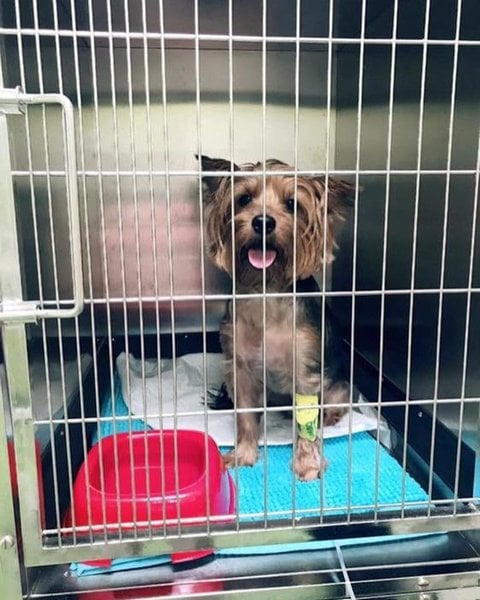
Another reason why dogs approaching the end of their lives do not eat is that their tummies aren’t working as well as they should. Some dogs may vomit or experience diarrhea a few hours before passing away. There may or may not be blood in the contents.
Watching your dog straining and heaving with pain is not pleasant, but stay. Dogs are comforted by the presence of their humans, and they need to feel your love in these difficult moments.
6. Incontinence

Dogs are creatures of potty habit, so deviations from the normal schedule may be early warning signs. They may pee and poop at inopportune times and places, but owners should cut their senior canines some slack.
Refrain from getting angry or frustrated as you clean up the mess, as your old dog will be affected by the negative body language. Before passing away, dogs may lose all control over their bowels in the few hours before passing away.
Again, not the easiest thing to watch, but it is important to stay by your dog’s side to give them comfort.
5. Pale Gums
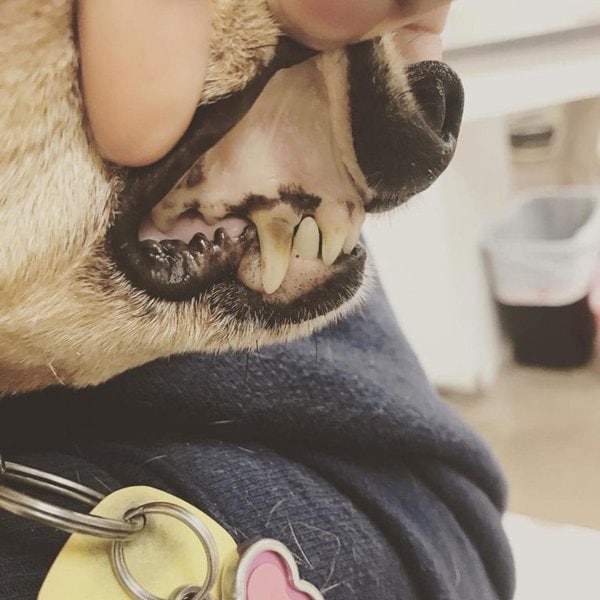
Having pale gums and mucous membranes is a sign of dehydration. It could be caused by the inability to eat and drink, fluid loss through diarrhea, vomiting, open wounds, or pathogenesis of a disease.
The paler the dog’s gums are, the higher the likelihood that they will not recover.
Veterinarians try to reverse this through the administration of fluids via IV, but sometimes the effects are too late to reverse.
4. Breathing Difficulties
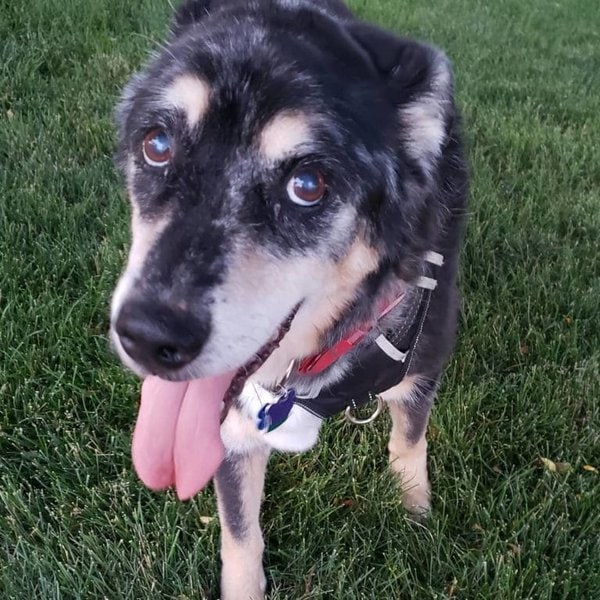
For dogs who are close to passing, the simple act of breathing can take a lot of effort. They may be panting with their sides heaving to take in ragged gasps of air. In some cases, they will be coughing out mucus and blood.
There is not much that can be done to ease their discomfort aside from stroking them gently and speaking to them softly.
3. Spasms And Convulsions

Spasms and convulsions are signs that the dog’s nervous system is no longer working correctly. If the shaking is violent, the dog may need to be held down, and treatment may be given to help relax the muscles and allow a more peaceful passing.
At times, this happens minutes before the dog crosses the rainbow bridge.
2. Mobility Difficulties

Dogs get weaker as the hour draws near. They may find it difficult to stand up after waking up from a nap or show reluctance in ascending and descending stairs.
Geriatric animals will show the effects of arthritic joints for years, but it only gets progressively worse as their condition deteriorates.
Fur parents can make it easier on their dogs by keeping their food, water, bed, and toys all in the same area.
1. Changes In Behavior

The first sign that something is wrong is usually a change in behavior. What that change is will depend on how your dog normally acts. If your dog usually wakes up at daybreak, you might see them sleeping in more often.
If your pooch is most often found lounging on the couch, you might notice that they’ve been restless recently. The behavioral changes are usually subtle, but owners who know their dogs well can easily tell when something is off.
Related Questions
Do Dogs Want To Be Alone When They Die? Yes, there are dogs that isolate themselves before they die, ostensibly in an attempt to unburden their family. This is similar to how injured, and vulnerable wolves leave their pack, so they do not become the weak link and the primary reason for the pack’s demise.
Do Dogs Know When They Are Going To Die? It is likely that dogs know when they are going to die. Anecdotal evidence shows that many dogs have an abrupt change in behavior shortly before passing away. Some seem to prefer self-isolation, while others become extra clingy to their humans. But the fact that they change a few days before they cross the rainbow bridge suggests that it was in anticipation of their passing.
How Much Does It Cost To Bury A Dog? The cost to bury a dog depends on the method of burial. The most economical option is to bury your dog in your own backyard. But you can also choose to get a plot at the pet cemetery or avail of pet cremation services. The pricing also varies depending on the weight of the dog.

